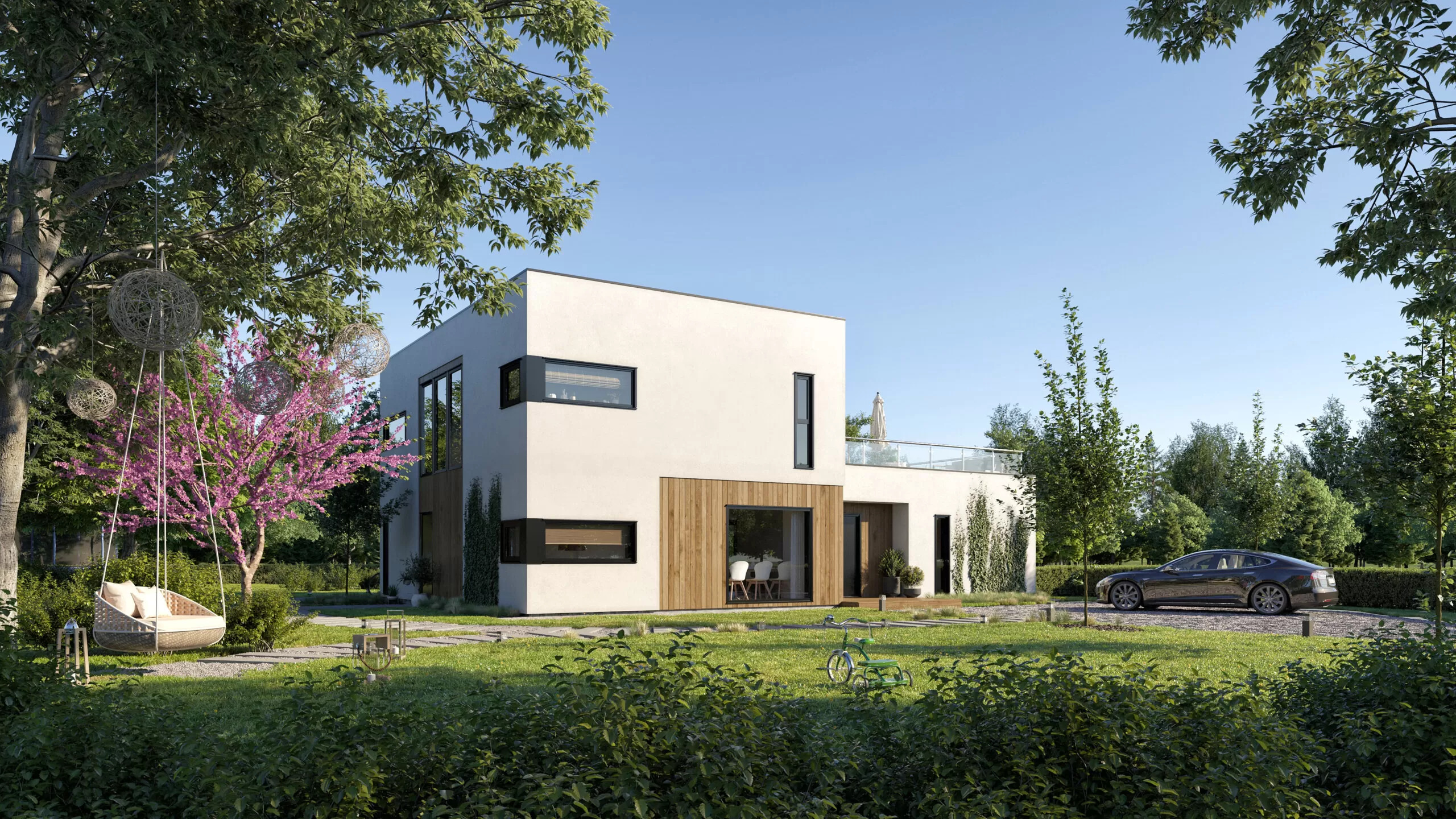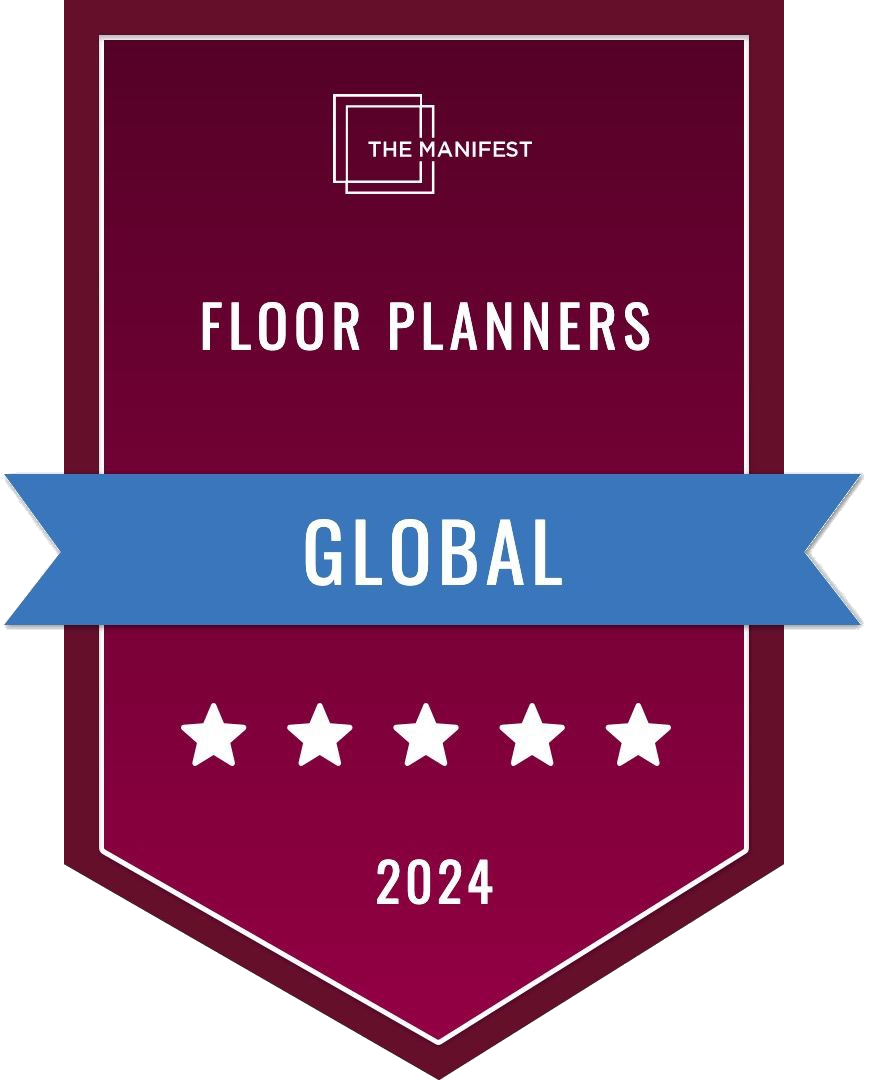Summarize this article with the help of:
Photorealistic rendering – the magic that turns lines of code and polygons into images that can make you question reality. If you’ve ever marveled at a stunningly realistic 3D image and wondered, “What’s the secret sauce behind this?” – you’re in the right place. So, let’s start at the beginning.

A Masterpiece of Realism
At its core, photorealistic 3D rendering aims to replicate reality with such precision and detail that it tricks the human eye into believing that what it sees is not a computer-generated image but a photograph of the real world. It’s akin to having an artist’s brushstroke so lifelike that it appears as though it’s a stroke of reality itself.
Consider, for a moment, a scene in a CGI-enhanced movie. A character is so lifelike that their expressions and features mirror those of your neighbor or a close friend. This is the uncanny magic of photorealism, creating visuals that resonate deeply with our innate senses. It’s the ability to bridge the gap between the digital and the tangible.
In photorealistic 3D visualization, every facet of digital creation is meticulously crafted to mimic real-world phenomena. It’s about getting the play of light and shadow just right, replicating the texture of materials to the touch, and ensuring that every object is rendered with pinpoint accuracy.
Importance of Photorealism in 3D Rendering
Why should we care about making our digital creations look as real as possible? Well, in the world of 3D rendering, photorealism is the gold standard. It’s like the holy grail for artists, designers and architects. When viewers can’t discern whether what they’re seeing is real or digitally rendered, it fosters a deep appreciation for the artistic skill and technical prowess behind the creation.
Photorealistic 3D rendering accomplishes the ability to engage and immerse an audience, whether it’s a marketing campaign, a project of a designer, or an architectural presentation. The level of immersion provided by photorealism is unparalleled.
Photorealism it’s a transformative tool that empowers artists, designers, and creators to convey their visions with unparalleled impact.
Visual Realism vs. Photorealism
Visual Realism
Achieving visual realism represents a crucial step on the path to photorealism. It involves the art of crafting 3D images with such authenticity that viewers readily accept their potential existence in the tangible realm. While visual realism adeptly captures reality’s essence, it may not always succeed in deceiving you into believing it’s a genuine photograph.
Photorealism
Photorealism takes every aspect of digital rendering to the next level. It doesn’t just aim to replicate reality; it aims to surpass it in certain aspects. It’s about achieving that level of detail where you might swear you see individual grains of sand on a virtual beach or feel a gust of wind rustling through the leaves in a rendered forest.
While visual realism provides a believable and convincing representation of the real world, photorealism takes it a step further by pushing the boundaries of what can be achieved in digital artistry.
3D Photorealism in Various Industries
Architecture
Architects use it to transform their blueprints and design concepts into stunning visual representations.
Photorealistic renders allow architects to take clients on virtual tours of their future buildings. Clients can explore 3D interior and exterior spaces as if they were already constructed. By visualizing spaces in high detail, they can identify potential issues early in the design process, such as lighting problems, spatial conflicts, or aesthetic concerns.
Product Design
Product designers leverage photorealistic 3D rendering to create compelling visuals of their creations.
Before a physical prototype is ever built, product designers can create highly detailed digital prototypes. These prototypes are not only used for design validation but also for marketing materials, allowing customers to see and feel the product before it’s manufactured.
Real Estate Development
Real estate developers harness the power of photorealistic 3D exterior rendering to market properties effectively and showcase the lifestyle they offer.
Potential buyers can take virtual tours of homes or apartments that are still in the planning or construction phase. For large-scale real estate developments like housing communities or resorts, photorealistic rendering is used to illustrate the entire vision. This includes not just individual homes but also communal spaces, parks, and amenities.
Summary
In essence, photorealistic 3D rendering is the alchemy of digital artistry creating images that mimic reality to such a degree that they appear as though they could be photographs of the real world. This intricate form of digital artistry involves meticulous attention to detail in replicating lighting, materials, textures, and objects. Photorealism is more than just a visual feat; it’s about crafting images that engage and immerse viewers on a profound level, telling compelling stories, and transforming digital creations into immersive experiences.










